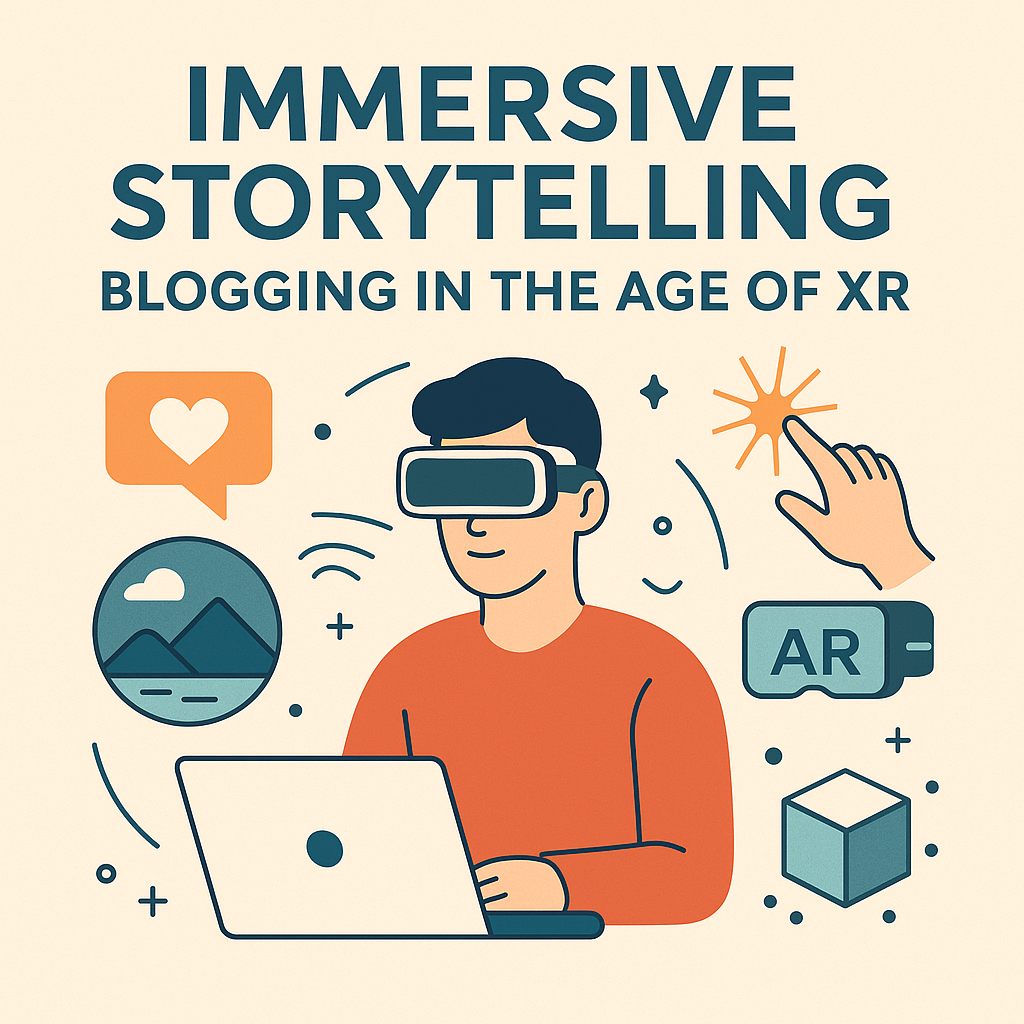In today’s rapidly evolving digital world, audiences want deeper engagement, emotional connection, and realistic experiences—this is where the concept of it becomes truly powerful. It pulls the audience inside the narrative, allowing them to feel like active participants rather than passive observers. Whether used in gaming, films, virtual reality, or interactive apps, it creates a world where imagination blends seamlessly with technology.
This article explores what it is, why it matters, how it is created, and how it is shaping the future of entertainment.
What Is an Immersive Story?
It is a narrative designed to make the audience feel fully absorbed in its world. It can involve multiple sensory elements such as visuals, sound, dialogue, movement, and interactivity. Instead of simply watching a storyline unfold, the audience experiences it from the inside.
They are found in many forms:
- Virtual reality (VR) experiences
- Augmented reality (AR) narratives
- Video games with branching storylines
- Interactive novels
- Audio dramas with 3D sound
- Theme park storytelling
- AI-driven story platforms
The goal of it is simple: to make you feel like you are living the story rather than just reading or watching it.
Why Format Is Becoming Popular
A New Level of Engagement Through an Immersive Story
People crave meaningful experiences. Traditional stories entertain the mind, but it engages the senses, emotions, and imagination. This deeper level of involvement keeps audiences interested for longer.
Experiences Build Emotional Connection
When users participate in the direction of a story, they develop stronger emotional bonds with characters and events. This leads to more memorable experiences and higher satisfaction.
Interactive Choices Make a Story Unpredictable
Unlike traditional narratives, it can adapt and change based on the choices of the audience. This unpredictability adds excitement and replay value.
Elements That Make an Immersive Story Successful
1. World-Building in an Immersive Story
The foundation of it is its world. A believable setting—whether realistic, futuristic, or fantasy—helps the audience feel grounded. Details such as landscapes, history, culture, and atmosphere make the world feel alive.
2. Strong Characters in an Immersive Story
Characters are the heart of any story. Their emotions, motivations, and actions must feel real. When people relate to characters, they become more invested in the outcome.
3. Sensory Experience Enhances an Immersive Story
Sound effects, music, visuals, motion sensors, and interactive elements help create a multi-layered experience. For example, VR stories allow users to walk around environments and interact with objects.
4. Interactivity and User Control
The more control a user has, the more it becomes. Whether choosing dialogue options, selecting paths, or interacting with the environment, user agency is essential.
5. Realistic Dialogue and Narration
Believable conversations pull users deeper into the narrative. Natural language, emotional expression, and smart dialogue choices help bring authenticity.
How Technology Transforms an Immersive Story
VR and AR Devices Make the Immersive Story Real
Virtual reality headsets transport users into a 360-degree world, while AR overlays digital elements onto the real environment. These tools make it experience more lifelike.
AI Enhances an Immersive Story with Dynamic Choices
Artificial intelligence allows characters to respond naturally to user decisions. AI-driven narratives can produce unique endings and unpredictable interactions.
Haptic Feedback Brings to Life
Smart suits, VR gloves, and motion devices add physical sensation to this. Feeling vibrations, heat, or movement increases realism.
Examples of Immersive Story Experiences
1. Immersive Story in Gaming
Popular role-playing games (RPGs) use choice-based storytelling, 3D worlds, and emotional narratives to pull players in. Games like these demonstrate how powerful it can be.
2. Immersive Story in Films
Interactive films allow viewers to choose how the plot unfolds. This converts traditional cinema into a personalized this format.
3. Immersive Story in Education
Virtual simulations help students learn history, science, and languages through experience rather than memorization. This makes learning enjoyable and effective.
4. Immersive Story in Marketing
Brands use it in advertisements to create stronger customer engagement. This storytelling method makes marketing more emotional and memorable.
Benefits of an Immersive Story for the Audience
Emotional Fulfillment Through an Immersive Story
People feel more connected and satisfied when they actively participate in the narrative.
Better Learning with an Immersive Story
Studies show that immersive experiences improve memory retention and understanding.
Escapism and Stress Relief
It provide a safe digital world where people can escape stress and explore new possibilities.
Enhanced Creativity
When users influence the direction of the narrative, it stimulates imagination and problem-solving skills.
The Future of the Immersive Story
The future of storytelling will rely heavily on its formats. With advancements in VR, AR, AI, and holographic technology, narratives will become more interactive, emotional, and realistic than ever before.
Soon, users may be able to:
- Walk alongside digital characters
- Enter holographic environments
- Experience stories that adapt to their emotions
- Influence entire worlds with voice and movement
Conclusion
This has revolutionized how people experience narratives. By combining technology, creativity, and human emotion, it creates unforgettable moments that traditional storytelling cannot match. As digital experiences grow, it will continue shaping entertainment, education, gaming, and communication. It is the future of how stories will be told—and how audiences will connect with them.

